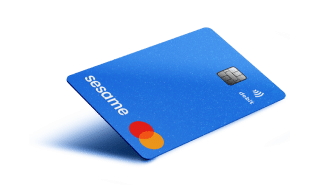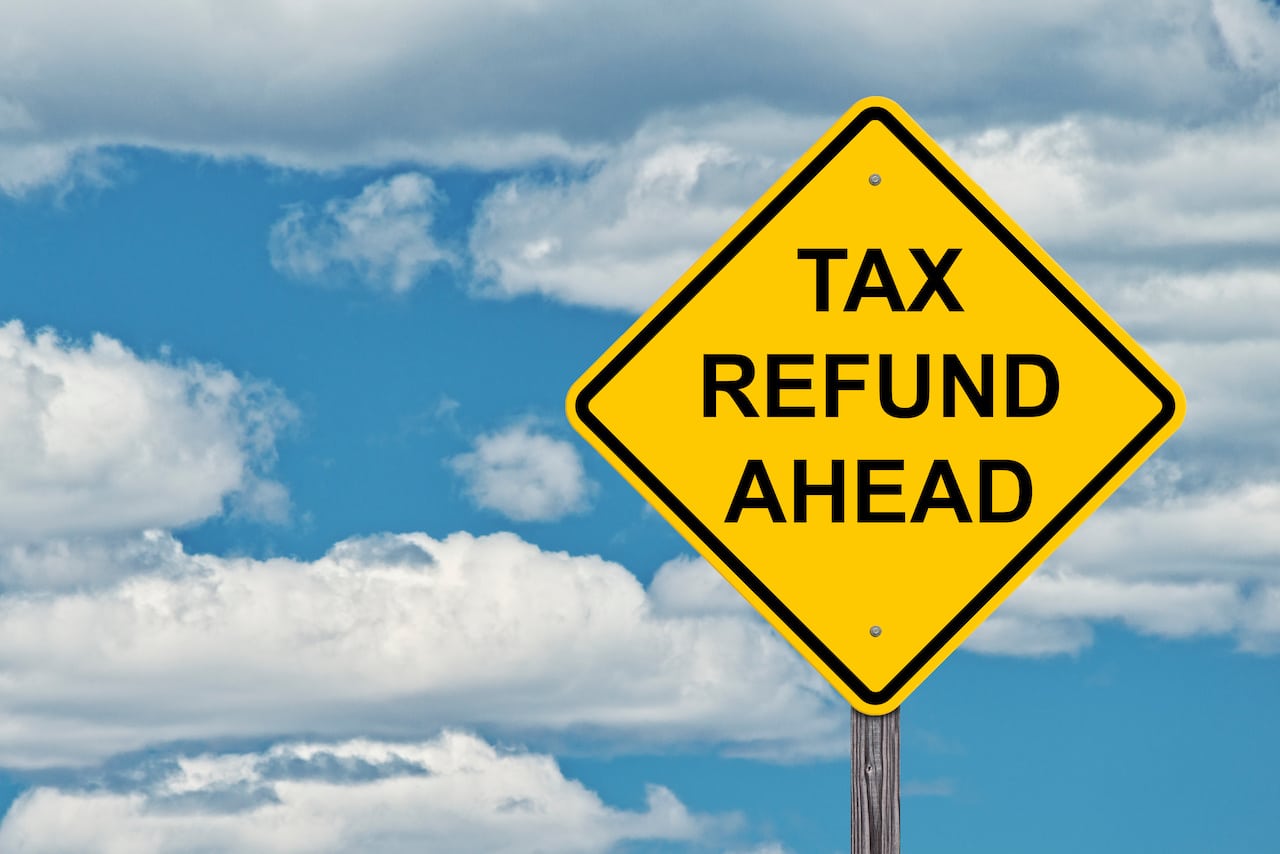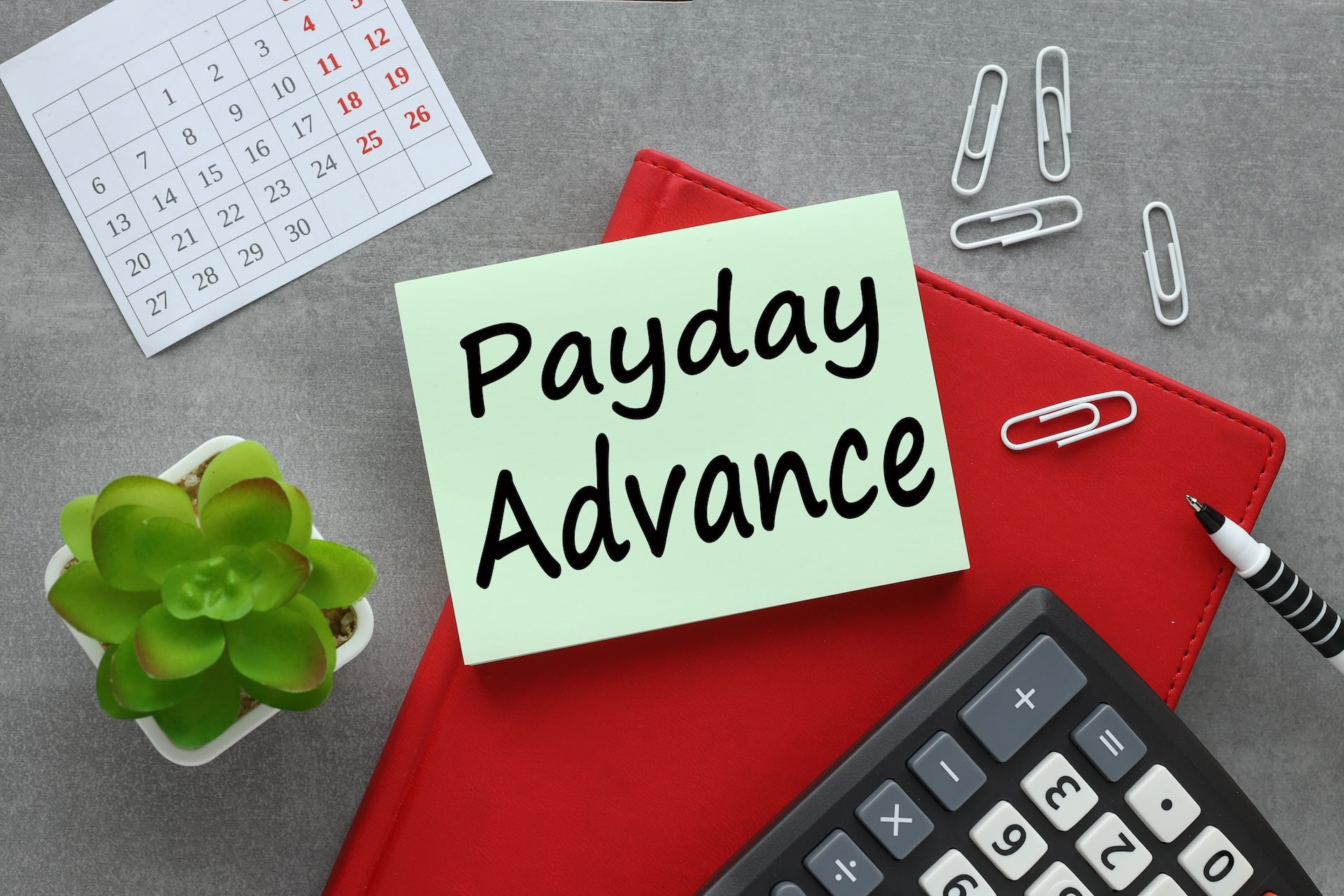Credit Sesame has a few ideas on what you could do if you get a tax refund in 2023.
As of February 10, the Internal Revenue Service reported the average 2023 tax refund is $1,997. This is lower than the average refund of $2,323 in 2022. People who get their refunds through direct deposit get a slightly higher refund, at $2,084 in 2023, down from $2,400 in 2022.
The current averages could drop more, however, as the IRS projects refunds to be smaller in 2023 for a few reasons:
- No stimulus payments in 2022.
- Taxpayers who do not itemize and take the standard deduction cannot deduct their charitable contributions as they did on their 2021 returns.
Having nearly $2,000 drop in your lap may not sound like a big enough windfall to change your life, but it can do some good if you use it wisely. Here are a few ideas.
Adjust your withholding
Getting some extra money in your pocket around April is nice, but you might prefer to have that money throughout the year.
If you regularly get a tax refund, then you may want to change your tax withholding allowance from your employer. Otherwise, you are extending an interest-free loan to the federal government that you get back only after you file your taxes.
Completing a new Form W-4 and giving it to your employer can increase your paychecks so that the $2,000 you get in a tax refund is instead given to you throughout the year. If you’re paid every two weeks you could see about $77 more in each paycheck by lowering your withholding. A tax withholding estimator at the IRS website can help you figure out how much to withhold.
Pay down high-interest debts
Interest rates have been rising since March 2022 when the Federal Reserve started raising rates in an effort to curb high inflation.
If you have a personal loan or carry revolving debt on your credit cards, chances are the interest rates charged are higher than they were a year ago. A $2,000 payment could save you a lot of money. Here’s an example:
The average credit card user carried $5,805 in credit card debt over the last three months of 2022, up 11% from the previous year. In February 2023, the average credit card interest rate on accounts with balances was 20.4%. Using those figures and making a $100 monthly payment, it would take 21 years and five months to pay off the balance, with the total interest paid of $19,889.
Pay it down with a lump sum payment of $2,000, and continue making $100 monthly payments, and it would take five years and two months to pay the $3,805 balance off, and the total interest paid drops to $2,369.
You’d save $17,520 in interest, and the debt would be paid off 16 years and two months sooner.
Personal loan rates range from 4%-36%, with the average at 12%-15%. In the third quarter of 2022, the average personal loan debt was $5,474. Paying approximately $250 per month on an average loan at 12% interest would take two years to pay off and the total interest paid would be $710.
Pay off $2,000 of that personal loan in a lump sum, and your monthly payment would drop to around $160 per month for two years, and the total interest paid would drop to $624. It’s not a huge drop in interest, but your monthly payment falls by 56%.
It’s good to pay down debt on other loans, too, but start with the highest-interest loans that you owe most on. In particular, get credit cards down to under 30% credit utilization if you can. This means get the balance down to under 30% of the limit.
High-yield savings account
If you don’t have any high-interest debts where a $2,000 payment would have a big impact, you may want to earn some interest from your tax refund.
High-yield savings accounts pay around 4% annual percentage yield, or APY, which is more than 12 times the 0.35% APY regular savings accounts pay. Deposit $2,000 in a high-yield savings account paying 4% interest for a year and you earn about $80 in interest.
Emergency fund
If you don’t have an emergency fund, then $2,000 is a good amount to start one with. Ideally an emergency fund should have six months of living expenses.
But at the very least, having $2,000 socked away should help a lot if an emergency happens. Your car may need to be repaired, a household appliance can break, or you may have an emergency room visit.
Retirement fund
As with a savings account, putting a $2,000 windfall in a retirement account won’t make your life a whole lot easier immediately.
But if you don’t have a retirement account, $2,000 could be a good start, especially if your employer offers a matching contribution. Vanguard points out that if you saved about $4,500 per year over a 45-year career, you could have more than $1 million by the time you retire. But if your employer matches your contribution, your yearly investment could be as small as $2,200.
Prepay taxes
This isn’t a fun option, but if you’re self-employed and expect to owe quarterly tax payments in 2023, you can prepay some of your income taxes with your refund from 2022.
As the IRS warns, if you don’t pay enough tax through withholding and estimated tax payments, you may be charged a penalty. Prepaying taxes now can help you avoid a penalty, and you shouldn’t have to save as much to pay them in 2023.
If you enjoyed What to Do if You Get a Tax Refund in 2023, you may also like:
- 6 Reasons for a Budget Makeover in 2023
- How to Combat Inflation Every Day
- Tax Day Deadline Looms: How to File a Tax Extension
Disclaimer: The article and information provided here is for informational purposes only and is not intended as a substitute for formal professional advice.




















